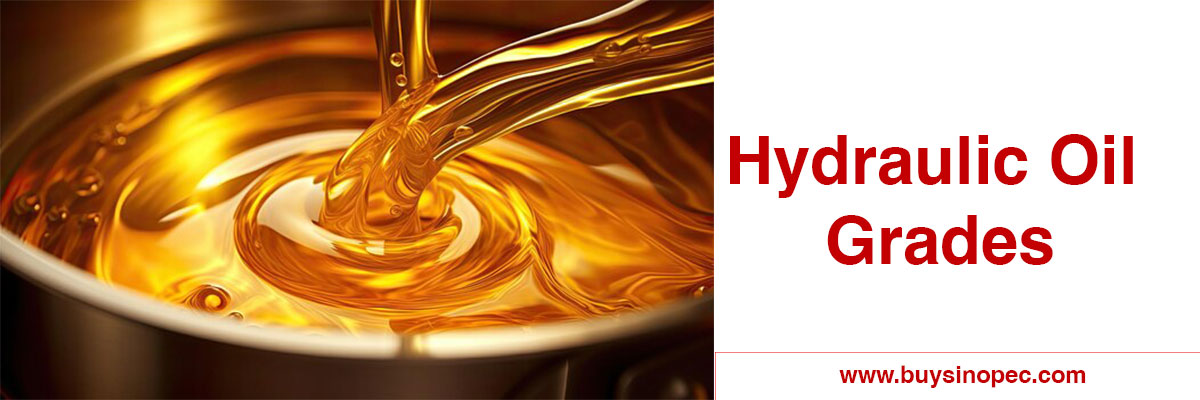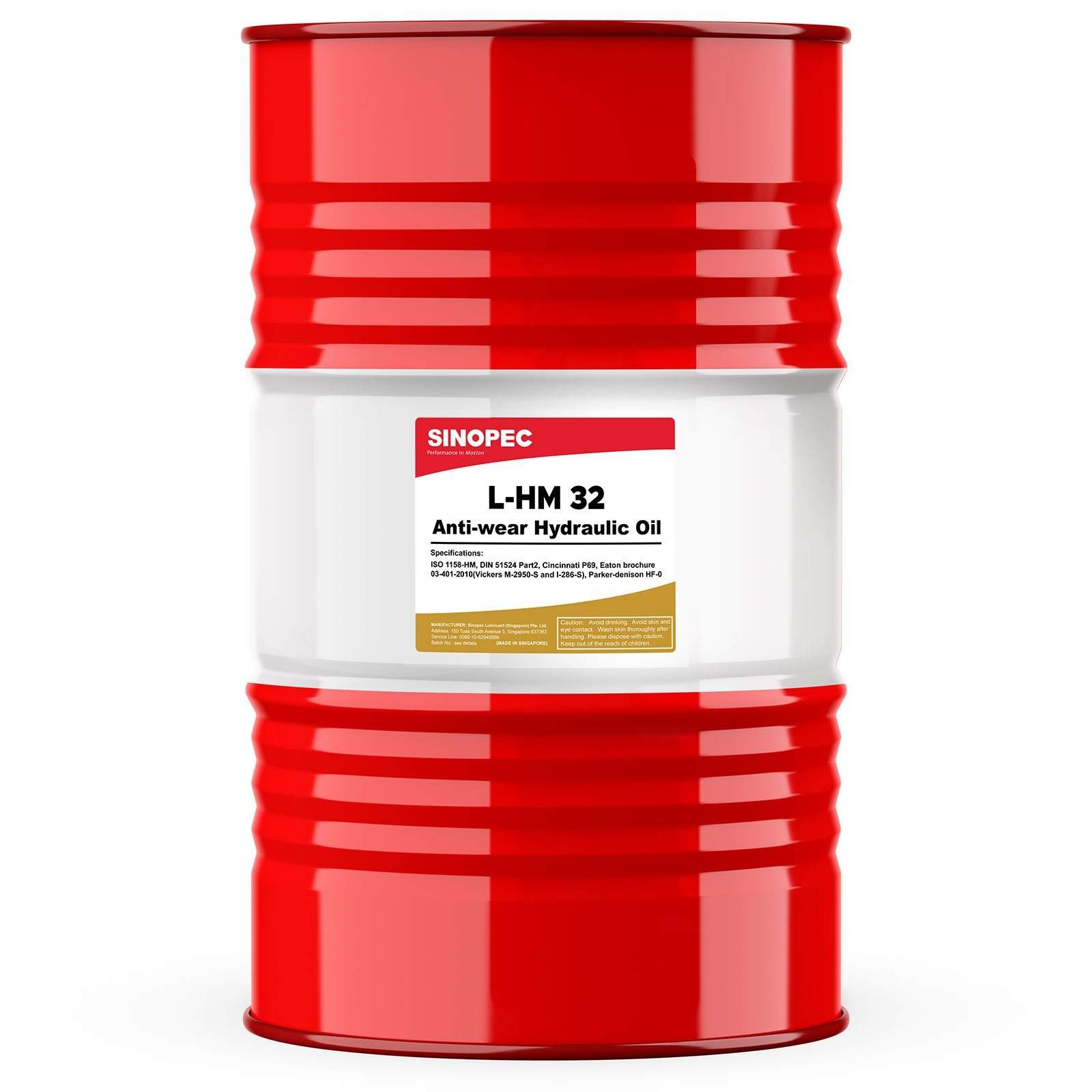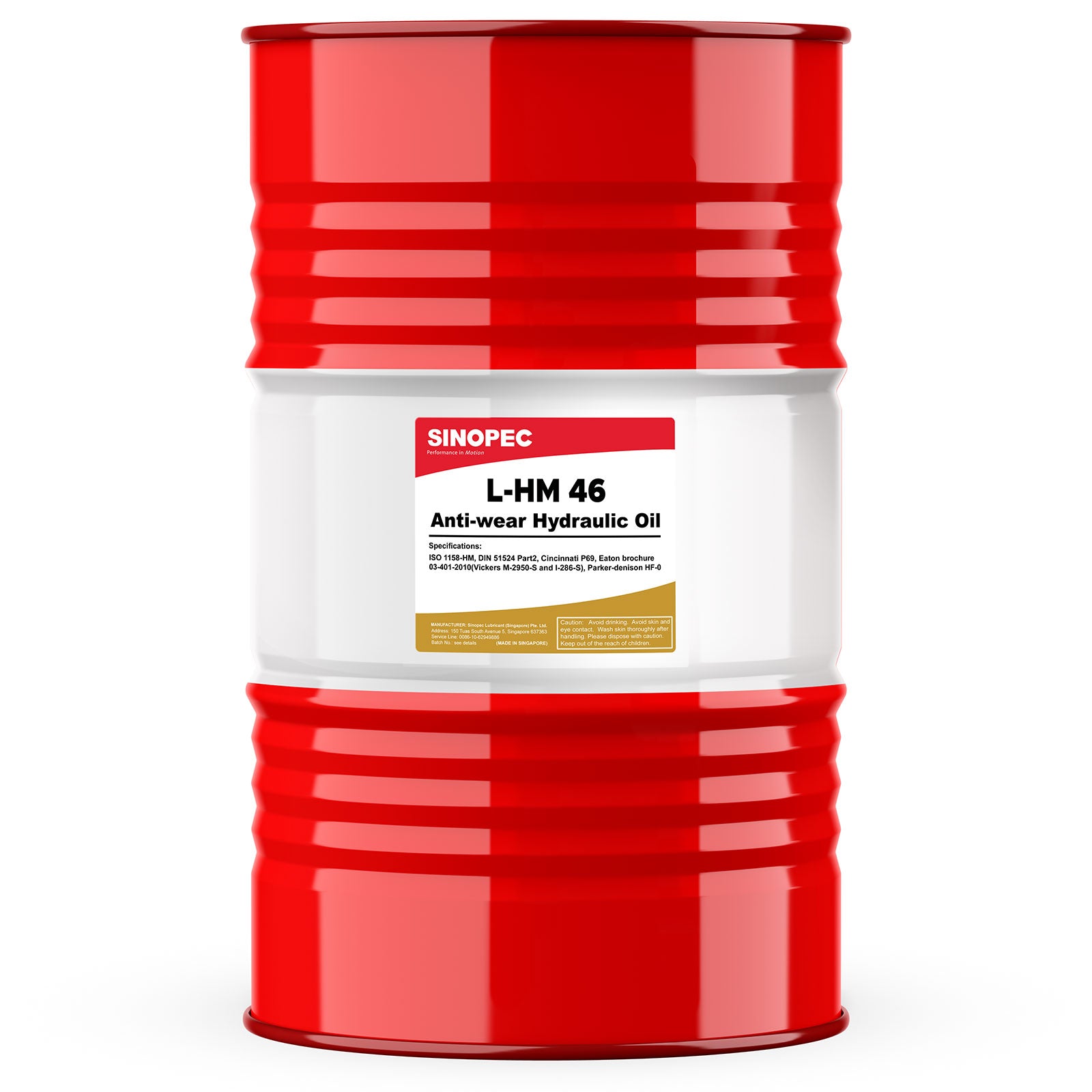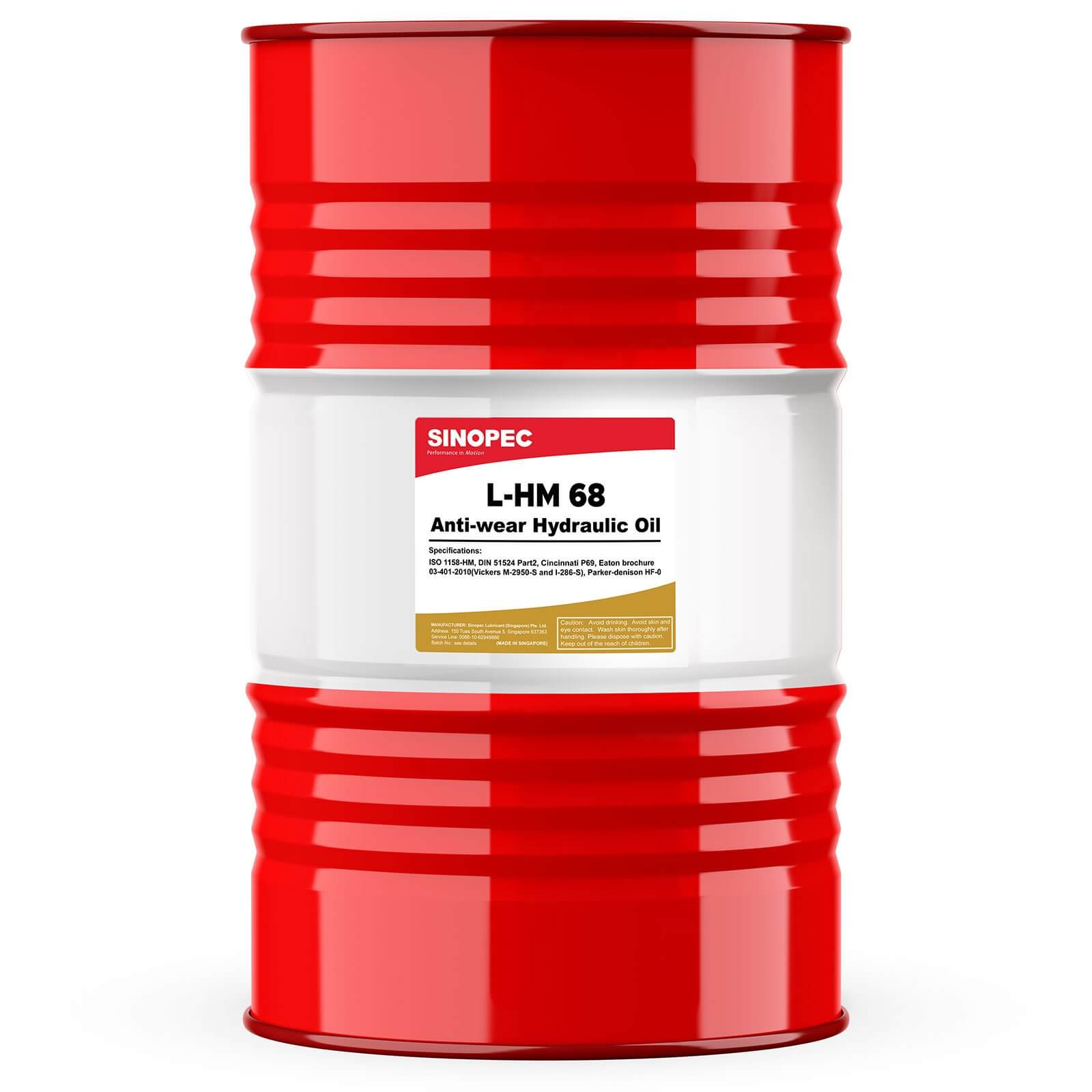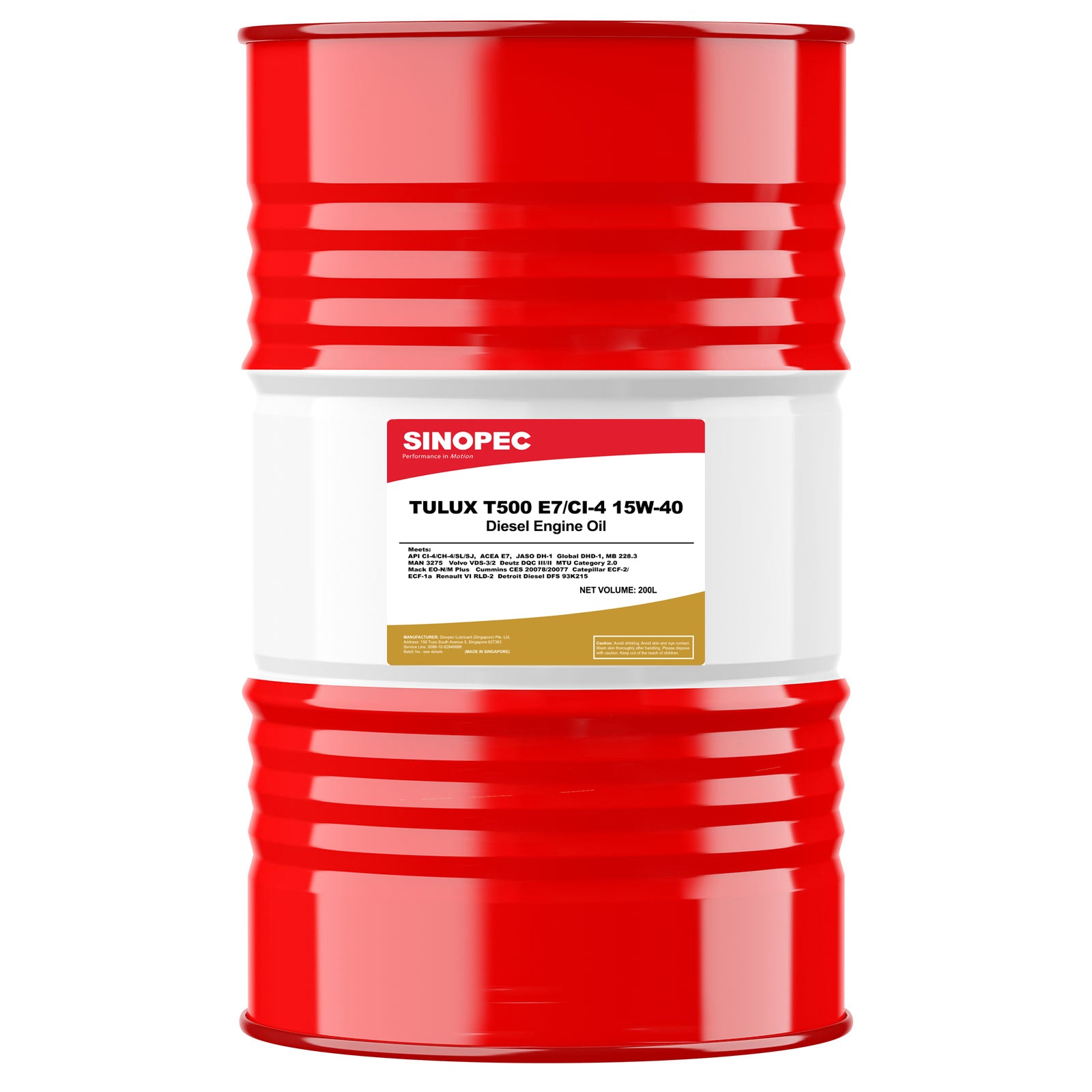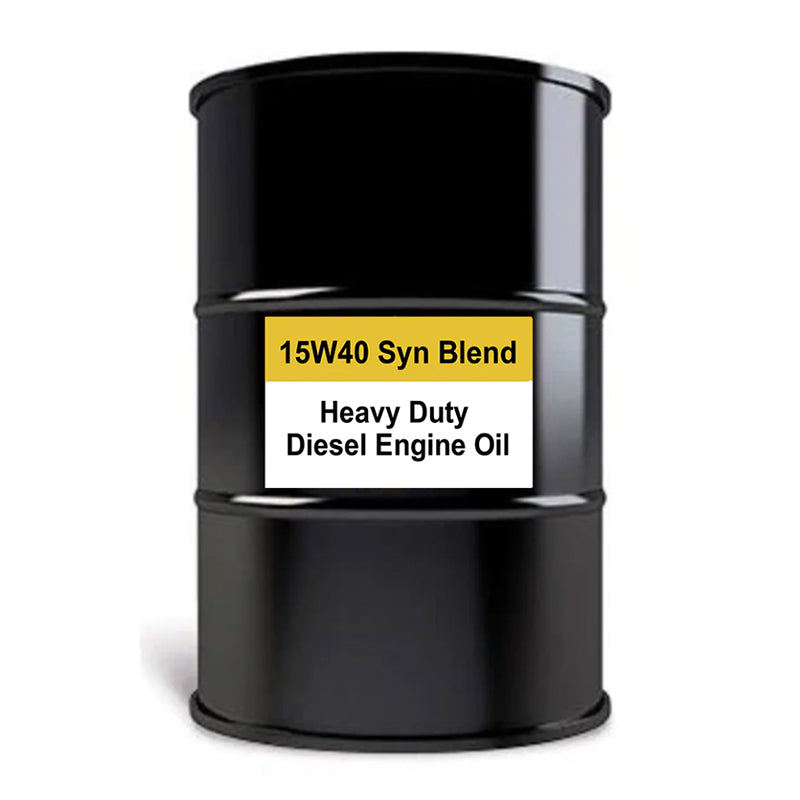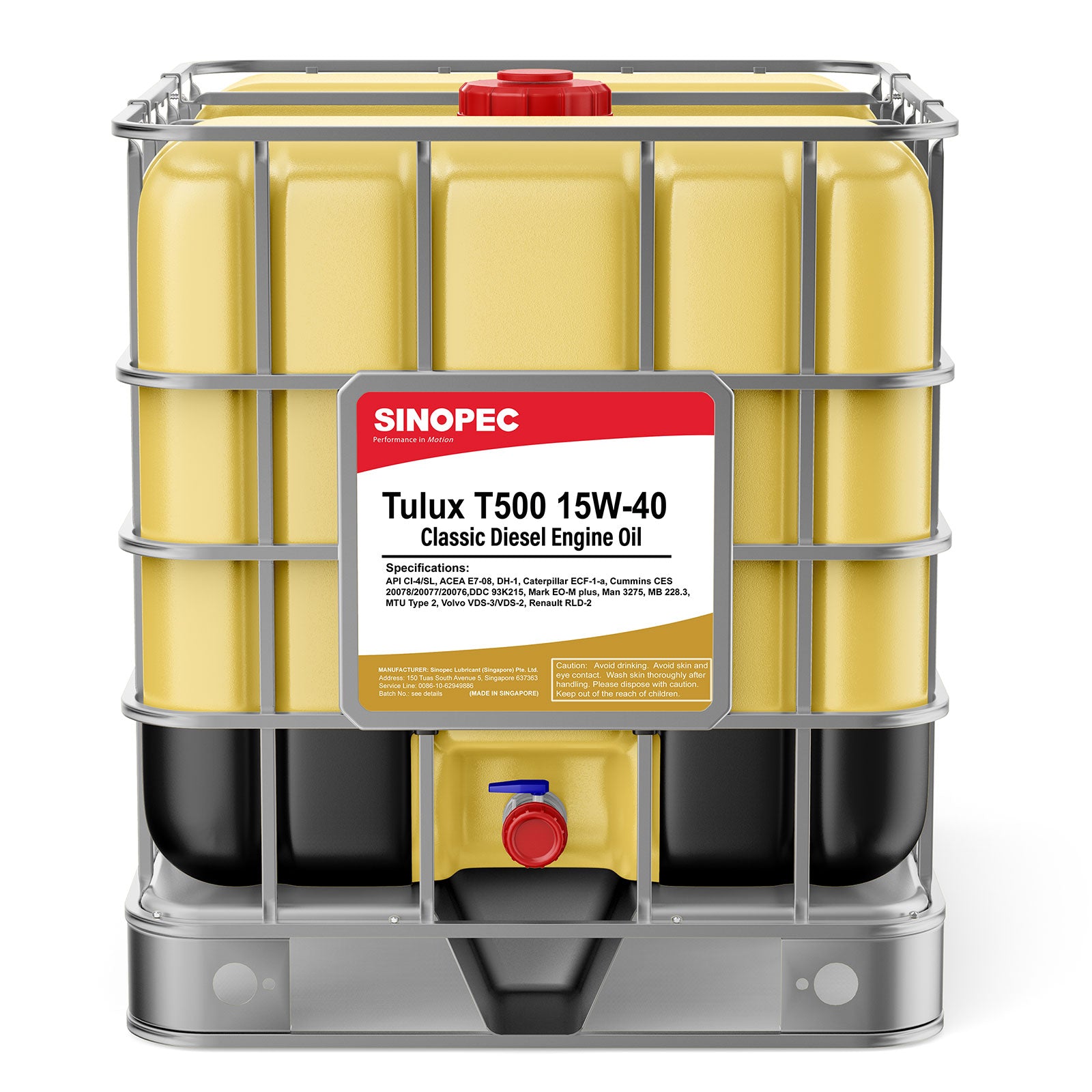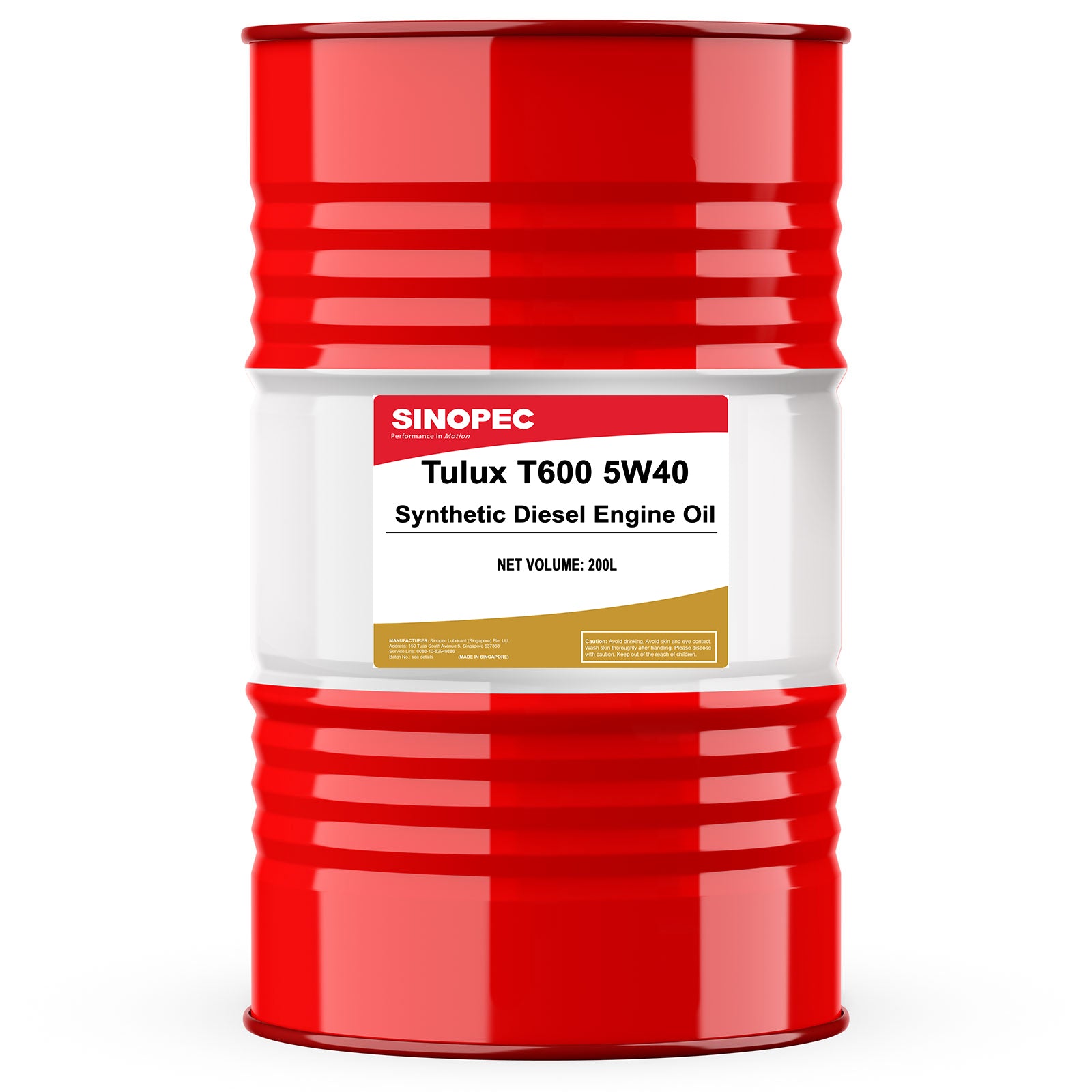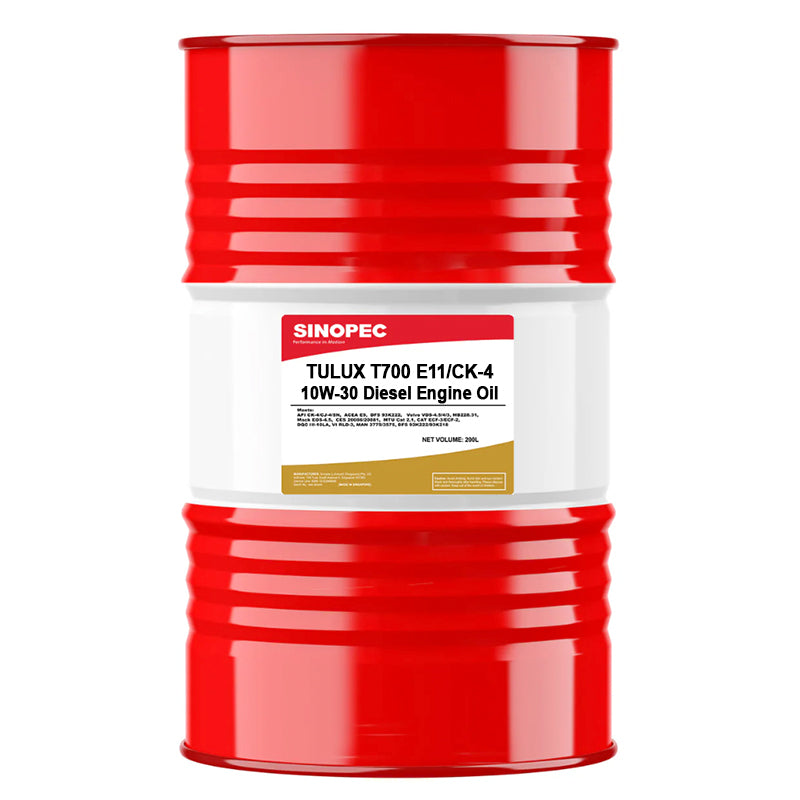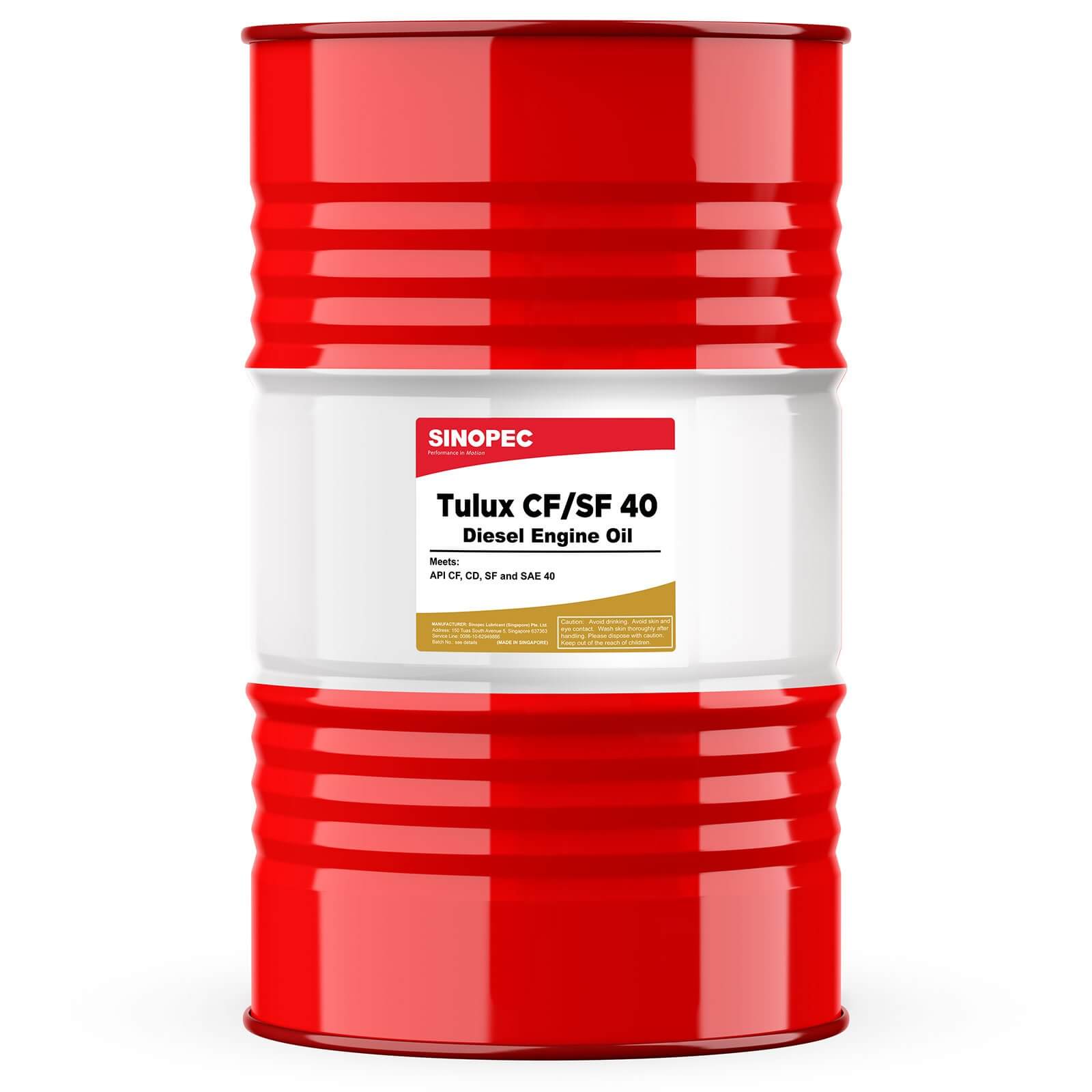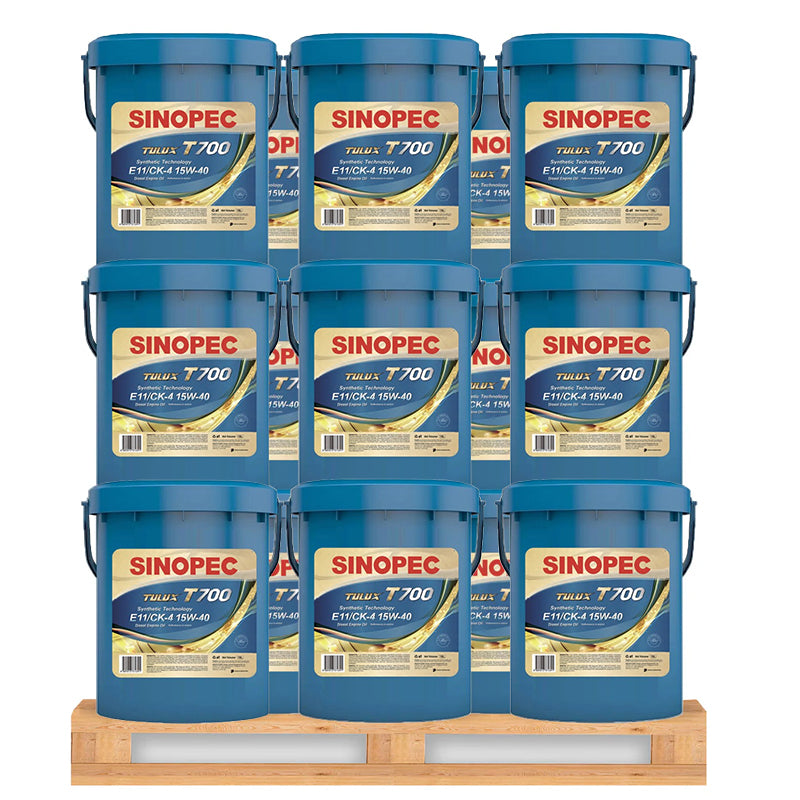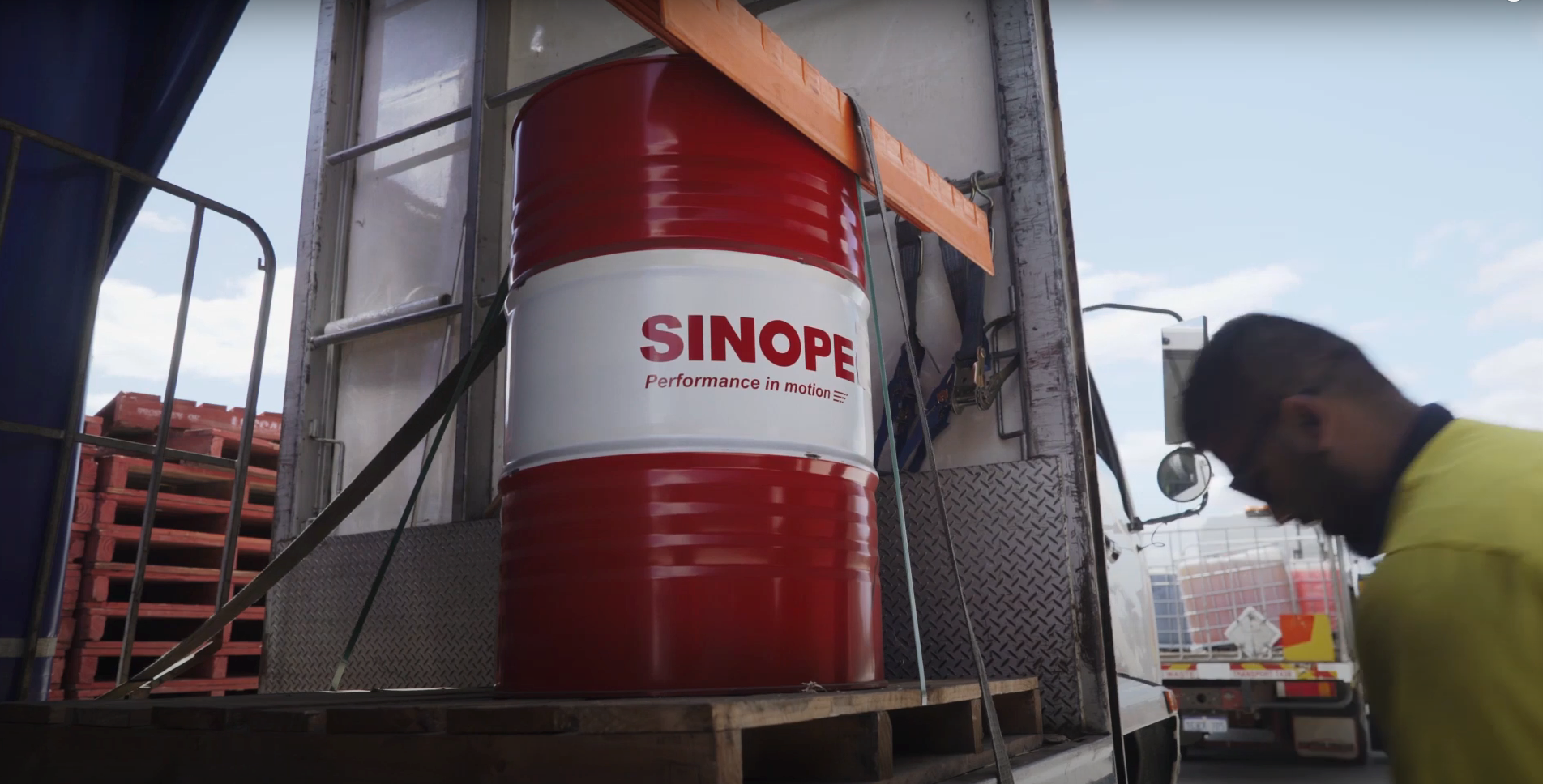Choosing the right hydraulic oil is critical for the performance and longevity of your equipment. One of the most important factors in selecting hydraulic oil is understanding its grade. Hydraulic oil grades are defined by their viscosity, which directly impacts how well the oil flows under different temperature and pressure conditions. In this article, we’ll explore the various hydraulic oil grades, what they mean, and how to choose the right one for your machinery.
What Are Hydraulic Oil Grades?
Hydraulic oil grades refer to the classification of hydraulic oils based on their viscosity, which is the measure of the oil’s resistance to flow. The viscosity of hydraulic oil affects its ability to provide adequate lubrication, especially under varying temperature and load conditions. Hydraulic oils are usually classified using the ISO (International Organization for Standardization) grading system, which assigns a numerical value to the oil’s viscosity at 40°C.
Common Hydraulic Oil Grades
Here’s a breakdown of the most common hydraulic oil grades:
-
ISO VG 22:
- Viscosity: 22 cSt at 40°C
-
Applications: Ideal for low-pressure hydraulic systems and environments with low operating temperatures. Often used in precision machinery and some small hydraulic tools.
-
- Viscosity: 32 cSt at 40°C
-
Applications: Commonly used in industrial and mobile hydraulic systems, including cranes, lifts, and hydraulic presses. Provides excellent flow at low temperatures.
-
- Viscosity: 46 cSt at 40°C
-
Applications: Suitable for a wide range of industrial applications, particularly in moderate to high-pressure hydraulic systems. Ideal for outdoor equipment operating in varying temperatures.
-
- Viscosity: 68 cSt at 40°C
-
Applications: Designed for heavy-duty industrial machinery and high-pressure hydraulic systems. Used in environments where higher operating temperatures are common.
-
- Viscosity: 100 cSt at 40°C
- Applications: Best suited for very high-pressure hydraulic systems and heavy machinery that operates under extreme conditions. Provides excellent protection in high-temperature environments.
How to Choose the Right Hydraulic Oil Grade?
Selecting the right hydraulic oil grade depends on several factors, including the type of equipment, operating environment, and temperature conditions:
-
Operating Temperature: Consider the typical temperature range in which your equipment operates. Lower viscosity oils (like ISO VG 22 or 32) are better for colder environments, while higher viscosity oils (like ISO VG 68 or 100) are ideal for warmer conditions.
-
Pressure Requirements: For low to moderate pressure systems, ISO VG 32 or 46 might be sufficient. However, for high-pressure systems, consider using ISO VG 68 or higher.
-
Equipment Type: Different machinery may require specific oil grades. For instance, mobile hydraulic systems often use ISO VG 32, while industrial machines may need ISO VG 46 or 68.
Why Hydraulic Oil Grades Matter?
Using the correct hydraulic oil grade ensures optimal performance, reduces wear and tear on components, and helps prevent costly downtime. The right oil grade will provide adequate lubrication, minimize friction, and maintain its properties across a wide range of temperatures and pressures.
Explore Our Hydraulic Oil Range
At Sinopec, we offer a variety of hydraulic oils in different grades to meet the specific needs of your equipment. Whether you need an oil for low-pressure systems or heavy-duty machinery, our products are designed to deliver superior performance and protection.
Understanding hydraulic oil grades is essential for maintaining the efficiency and longevity of your hydraulic systems. By choosing the right grade, you can ensure that your equipment operates smoothly and reliably under various conditions. Visit our Hydraulic Oil Collection to find the perfect oil for your needs.

